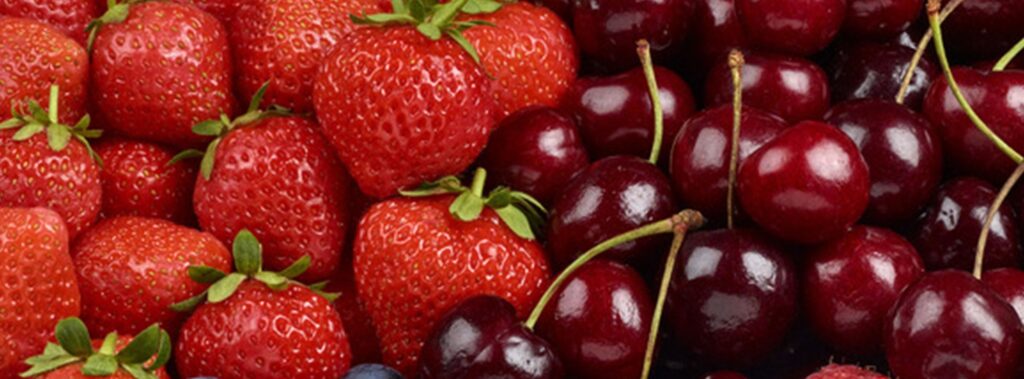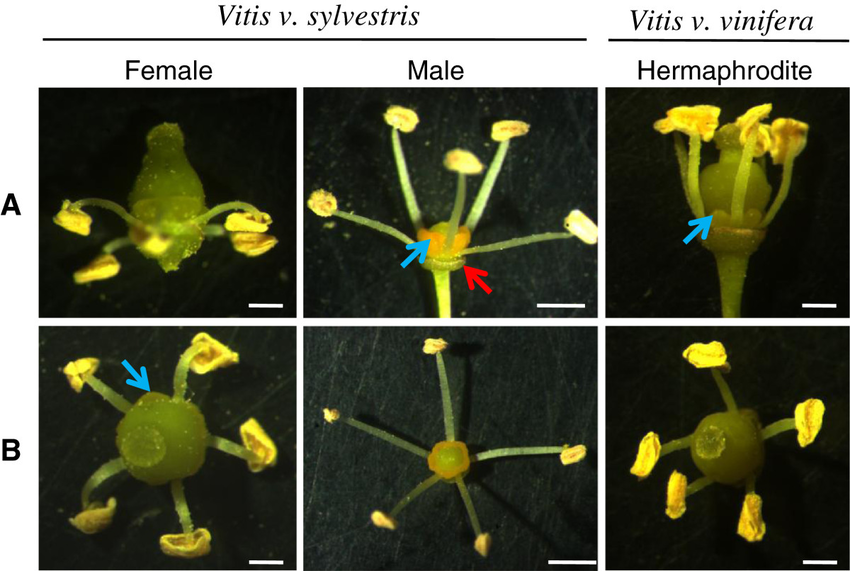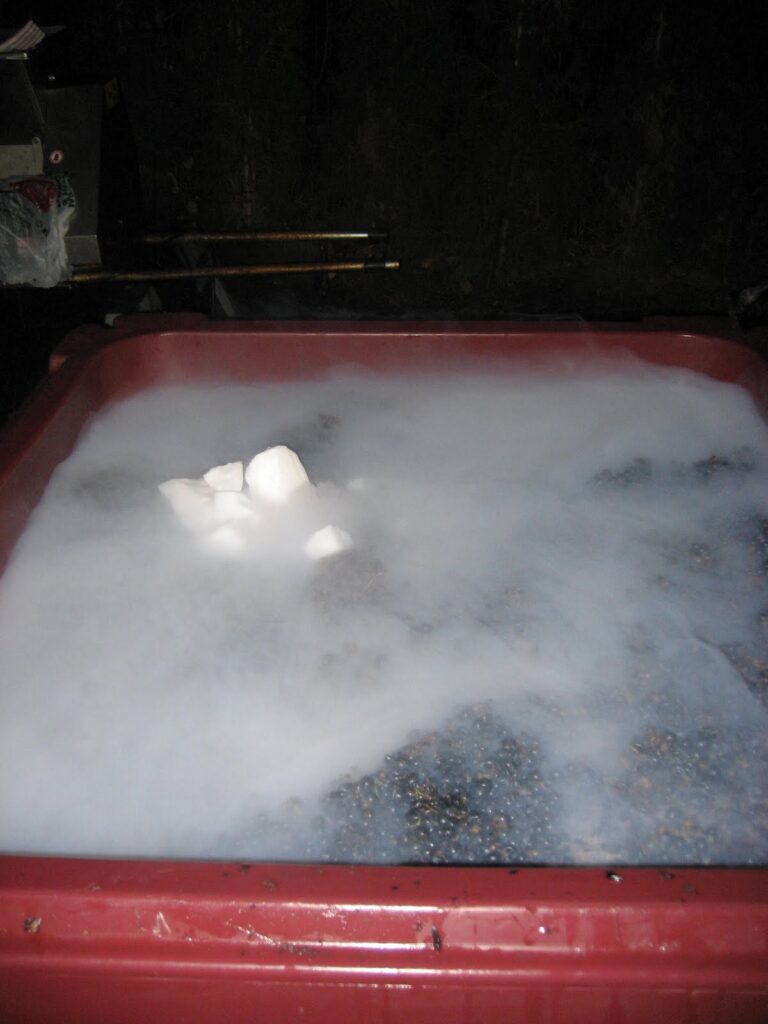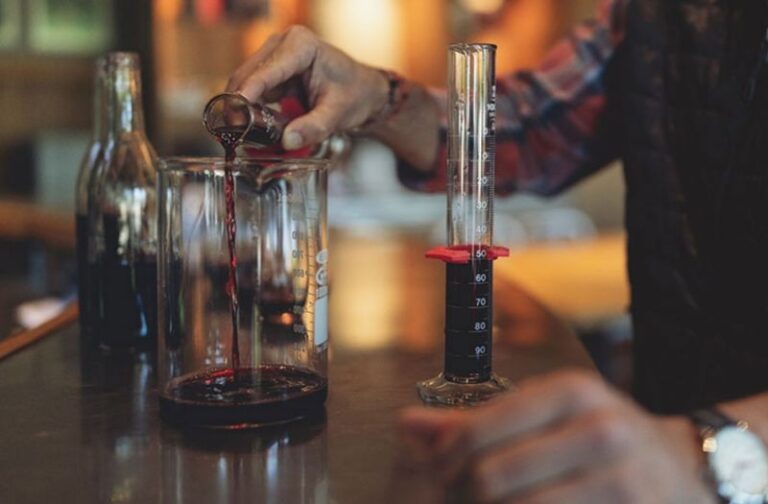Last week, while in the tasting room, a gentleman asked me a question. He prefaced it with the statement that he had asked this previously to another winery and still didn’t understand it. His question was a common one, “How do the aromatics and flavors get into the wine?”
It’s a good question, since many new-to-wine people wonder if there is actually fruit (other than grapes) in the wine itself, causing their aromatics and flavors to be present. I began my explanation with the fact that I am deathly allergic to strawberries, yet I poured myself a glass of our Rosé as I began the explanation.
I asked him what aromatics and flavors he perceived in our Rosé. He said strawberries and cherries. I smiled, agreed and then took a nice sip of the wine. Afterwards, I told him I was deathly allergic to strawberries. I continued that when I have the slightest amount of strawberry, I immediately get hives and begin to have difficulty breathing. Without help, my throat will close. Then I took another sip.

It may have been overly dramatic, but I really did want a glass of Rosé and it was the perfect prop at the moment. By using this refreshing visual, I demonstrate the answer he was looking for. There are no strawberries in the wine even though it smelled and tasted like strawberries.
The ultimate goal of the vine is to reproduce and disperse its seeds in order to continue the species. It is thought that the compounds that we are smelling and tasting are an evolutionary adaptation. They are present in order to help attract insects to assist with pollination, and to attract birds and other animals to eat the berries and disperse the seeds. (vitis vinifera is hermaphroditic and self pollinates)

If we can’t detect them in the fruit, where do these aromatics and flavors in the wine come from? We can once again thank the microscopic organism, yeast. As it eats the sugar and releases the carbon dioxide during fermentation, smaller chemical reactions occur and new compounds are produced that were not detectable in the fresh fruit on the vine.
When these compounds react with the sugar, they form a different compound called a glycoside. Then the enzymes and acids in the wine convert the glycoside into its aromatic form. Remember that when we taste wine, we really are smelling the vaporized aroma compounds that are interpreted by our olfactory bulb.
Have you been missing the weekly Exploring the Wine Glass posts? They have moved. Sign up below to receive notification of new posts. Subscribe to Dracaena Wines’ blog in the sidebar on this page.
Some of the more common aromatic compounds include:
Methoxypyrazines is responsible for the grassy, herbaceous aroma compound associated with Cabernet Sauvignon and Sauvignon blanc.
Monoterpenes give us the floral aromatics of varieties like Gewurztraminer, Muscat and Riesling.
Norisoprenoids produce the spice notes associated with Syrah. This category produces some of the raspberry and rose aromas.
Thiols are sulfur compounds that in small amounts are associated with Gewurztraminer, Riesling, and Semillon but in higher levels are considered a fault as they give off aromas of garlic and onion.
As a final note, keep in mind that everyone’s brain functions differently. They interpret the aromas and flavors differently due to their own unique experiences. Plus every individual has a different level of sensitivity threshold to the compounds. This is why one person may smell and taste something different in the same exact wine.
~Slàinte!
Please follow us on Instagram, Twitter, Facebook and Youtube.
Dracaena Wines has received consistent 90+ ratings and multiple Double Gold medals. Click image to order yours today and let Dracaena Wines Turn Your Moments into Great Memories!





